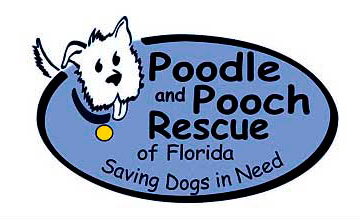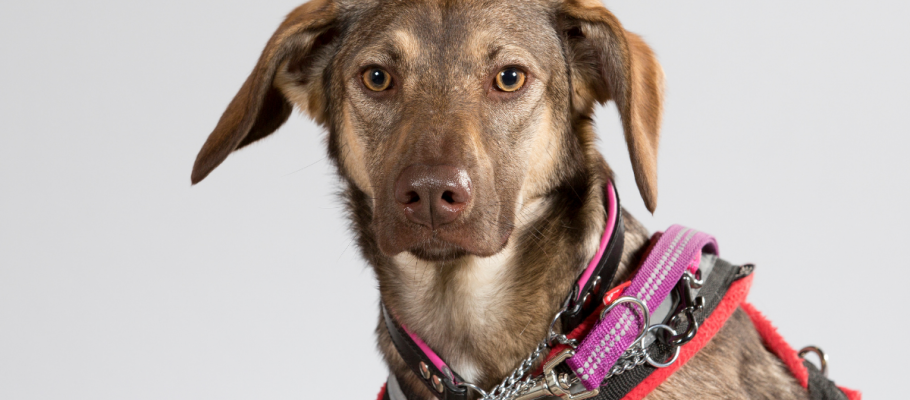
We love the word RESCUE.
With it comes a hopeful expectation of relief, new life, healing, joy, care, and contentedness. It’s what we believe every pup from a difficult situation deserves.
Inevitably, training is part of that journey towards a new and better life.
And what better way to share some training tips than by using this great word—R.E.S.C.U.E.
R is for Recognize Fear
Recognizing the signs of a fearful, timid, or anxious dog is an essential first step—especially when you’re trying to connect with a dog who has a questionable past.
Fear is one of the main factors behind a dog showing aggression or retreating into a “puddle” of nervous energy. But since he can’t verbally tell you he is afraid or anxious, you have to learn to read his body language.
Here are some telltale cues that a dog is scared. Some may be more obvious than others but remember that his responses are not predictable when fear is a factor. And any training efforts will come up against that wall of fear.
- Ears flattened toward the back of the head
- Tail tucked between the legs
- Panting
- Shaking
- Cowering posture
- Looking for a way to escape
- Hiding
- Pacing
- Submissive urinating
- Hair on back standing up
- Avoiding people or other dogs
- Barking, growling, or whining
- Not making eye contact, sniffing the ground
- Snapping, biting, lunging
These behaviors stand as an important reminder to take everything SLOWLY.
And of course, apply the next 5 tips.
E is for Eliminate Triggers
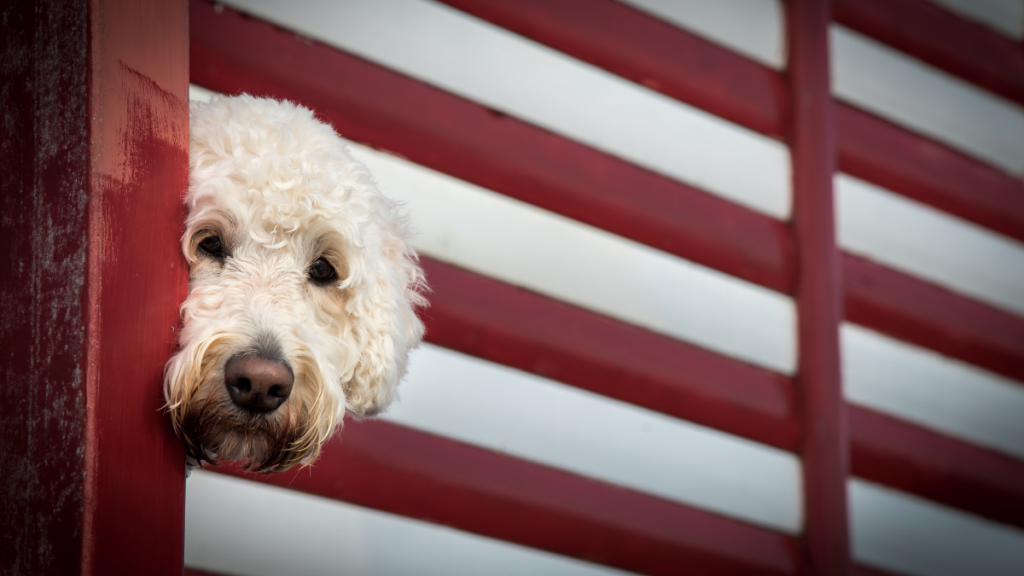
Observing your dog’s response in different situations gives you a lot of important information. What specific TRIGGERS result in a negative reaction? Is it when a stranger enters the room? How about when the vacuum is being run? Or perhaps when the neighbor’s rambunctious lab tries to play.
In all of these cases, there is a trigger that changes your dog’s confidence and then her behavior.
Eliminating the trigger doesn’t mean that you take it entirely out of your pup’s life. (No, we’re not suggesting you never vacuum again 😉
It has more to do with eliminating the adverse reaction that the trigger brings on. Your goal is to REPLACE the negative association with a more positive one.
This doesn’t happen overnight—it’s a slow and steady transformation that takes place through desensitization and counterconditioning.

But it COULD look like this:
- Invite your pup to sniff the vacuum while it’s turned off.
- When she sniffs without barking, growling, or shaking then you reward her with a treat or affectionate praise.
- After you have several non-threatening encounters like this, you move the vacuum around like you would when it’s on, and every time your pup ignores it or responds quietly, you reward.
- If this stage is hard to get past without an adverse reaction, you may consider leaving the vacuum out for a few days in a place where you often sit with your pooch—this is desensitization.
- The next stage would be to put the vacuum on but in a room away from your dog. Enlist the help of another family member to sit near the dog when you put on the vacuum and reward only if there is no negative reaction.
- If there is an undesired response, you might consider keeping the vacuum on for a shorter duration or maybe even turn on and then off. The idea is to set your pup up for small little steps toward success.
- Continue with these incremental steps that eventually train your dog to view running the vacuum as an opportunity to earn a treat or pat on the head—counterconditioning.
As you can see from just the explanation, it is a slow and tedious process. But it is a very effective training approach to most triggers. Obviously, when the trigger involves a person or an animal, it’s crucial to take measures to keep everyone safe.
S is for Socialize Strategically
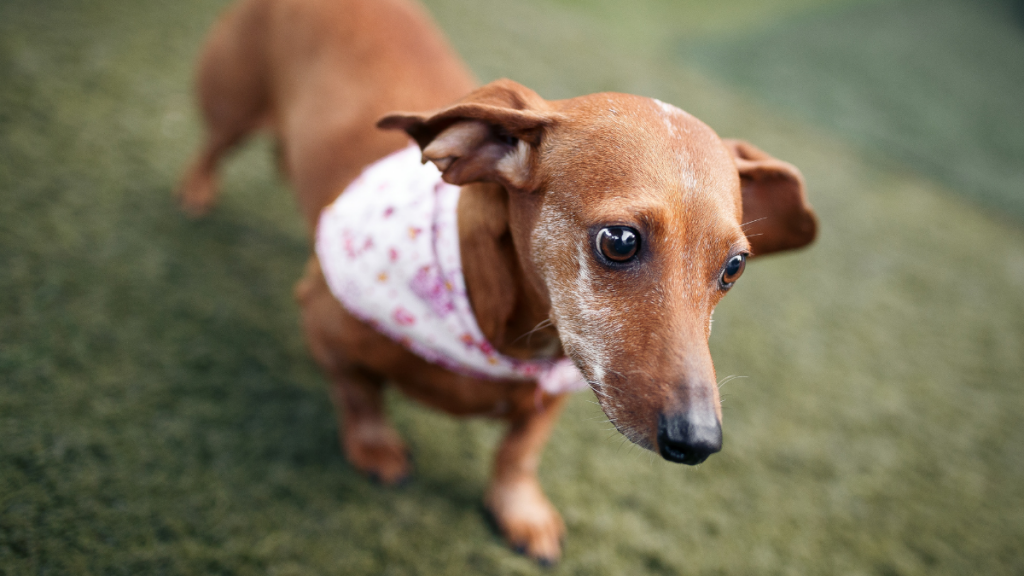
Exposure to VARIOUS situations eventually builds the confidence of your fur buddy. That’s why it is so valuable to be strategic when it comes to socialization.
A dog that never goes for a walk will probably be full of crazy energy when he gets leashed up for the first time in a while.
If you avoid car rides with your pup except for trips to the vet or groomer, you shouldn’t expect them to sit calmly for a family road trip.
And dogs that are always crated when visitors come to the home will probably not learn to be polite and welcoming to guests.
Be strategic about teaching the social behaviors you want your dog to have. Remember, they can’t read your mind, and they probably need practice at responding well.
Strategic socializing involves intentionality and creativity—not every dog responds the same way, and this is especially true for a rescued pooch that comes from less than desirable circumstances.
For example, a nose-to-nose meeting between two dogs might need to be replaced with several DIRECTED WALKS. This is a great technique to introduce dogs that might have problems with aggression or anxiety. Take them together on several leashed walks, with enough distance between them to stay safe.
Reward with praise or treats after the walk is done without incident. And eventually, close the gap between them when they walk.
C is for Confidently Lead
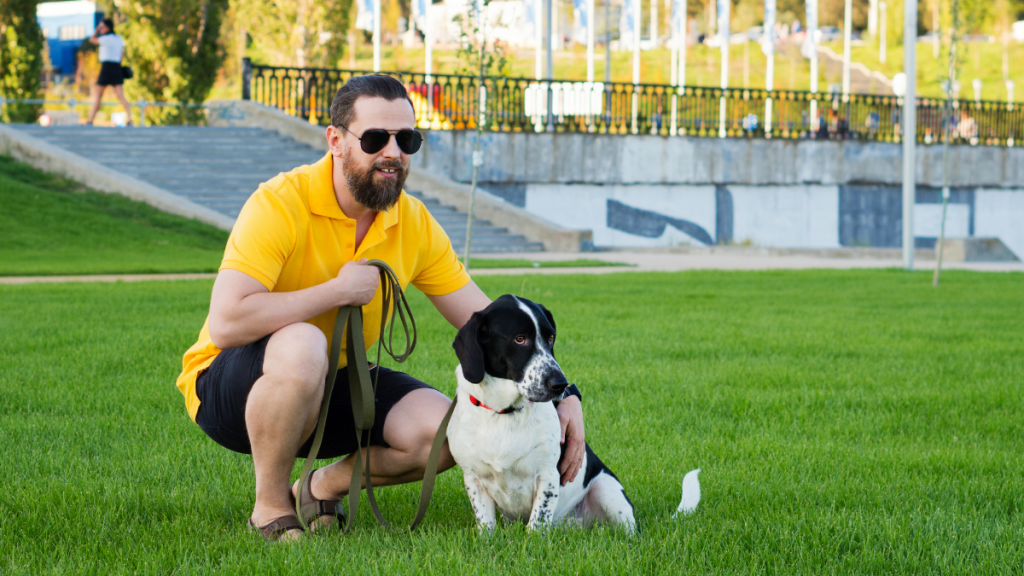
Dogs have a “pack” mentality, and with it, there is always a pack leader. As the dog owner, that needs to be you.
Your pup can quickly pick up on any fear, distrust, uncertainty, or inconsistency that you show. And his instinct is to take over the role of leader if you don’t confidently lead. He learns best when you respond with calm yet definitive actions.
Additionally, if you have another dog in the home that has laid-back yet confident energy, you can enlist her help as a sort of “doggie mentor.” The rescue pup will be reassured by imitating the confident energy of other pack members.
Be aware of any negative feedback loops that you unintentionally create when you have anxiety about a past negative incident. Remember that you can set the tone for each new interaction and training session.
U is for Use Treats
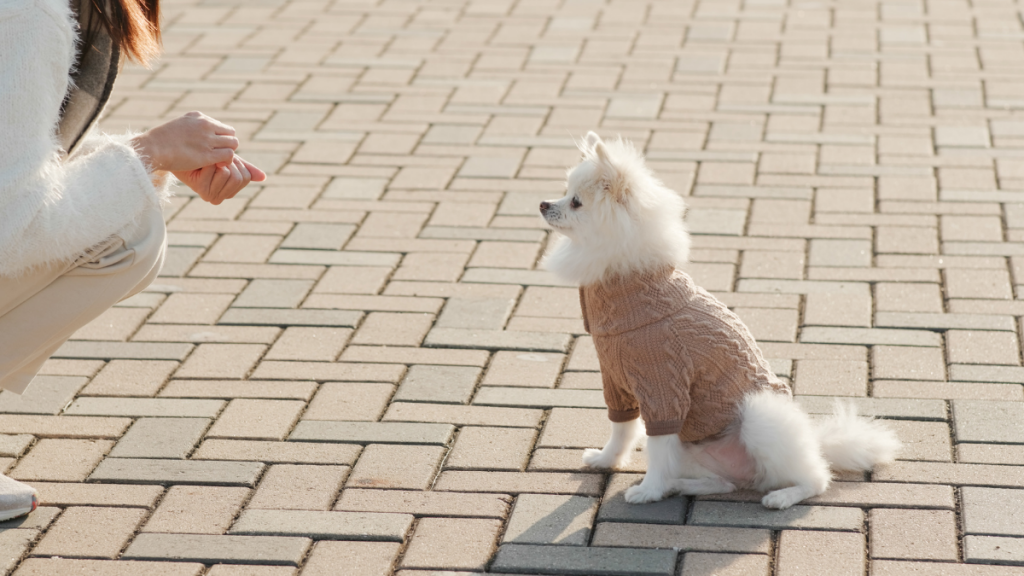
Whether you are training your dog to learn new tricks, behave in desirable ways, or break bad habits, it comes down to teaching her to associate the response YOU want with a treat or praise and affection.
Food can be a motivating tool, even for dogs that haven’t quite learned to trust you. A timid or anxious dog can slowly be won over if you toss treats toward them and give them the space to gradually get comfortable being closer.
Teaching a shy dog that a treat can be a predictable response to sitting or lying down will build her comfort level. It also provides something else for her to focus on—other than worry or fear.
E is for Earn Trust
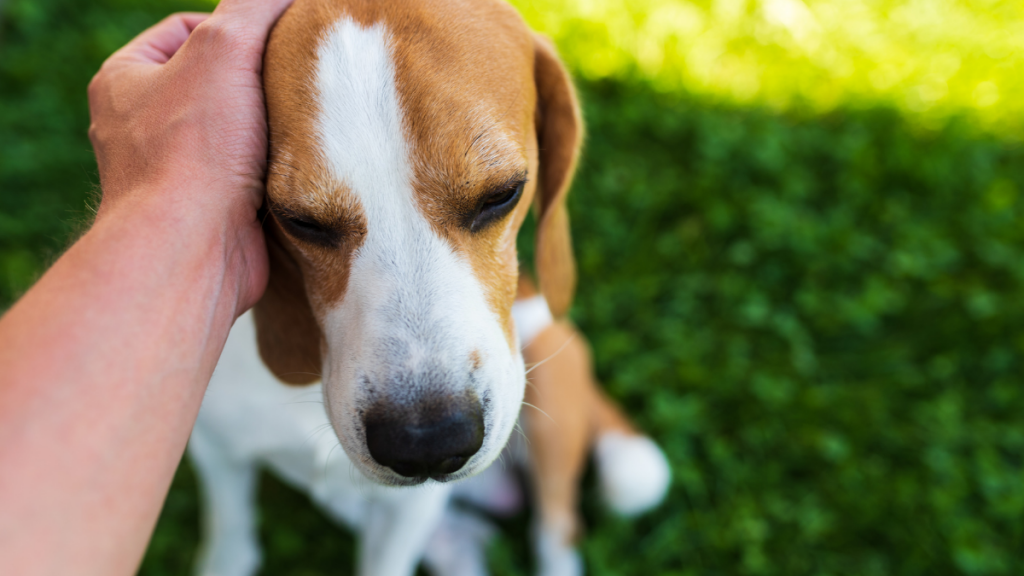
All good things take TIME. And earning the trust of a rescued pup is no exception.
You may know the details of your dog’s story, or your knowledge might be limited to only the here and now. In both cases, there is slow and steady work to be done to build a relationship founded firmly on trust.
Patience is a non-negotiable on that journey. But it can also pay huge dividends in the long run. Allowing your fur friend to move forward at his pace gives him the security of knowing you are there to cheer him on and take care of his needs.
It’s very likely that he’s not always had that in his life.
At PPR…
We know that every rescued pooch has its own unique journey. Some may appear easier than others, but they ALL have immeasurable value.
Training your new buddy is just another way to show your love and commitment to a fresh start toward a better life.
